Years of service 1932–1945 | Battles/wars World War II Name Alois Brunner | |
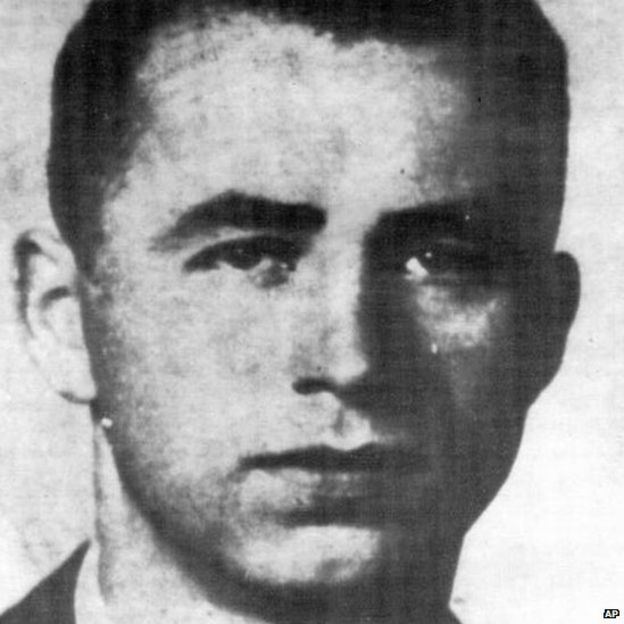 | ||
Rank SS-Hauptsturmfuhrer (captain) Other work Advisor to the Syrian government; arms dealer in Egypt | ||
France nazi war criminal alois brunner on trial
Alois Brunner (8 April 1912 – 2001 or 2010) was an Austrian Schutzstaffel (SS) officer who worked as Adolf Eichmann's assistant. Brunner is held responsible for sending over 100,000 European Jews to ghettos and internment camps in eastern Europe. He was commander of the Drancy internment camp outside Paris from June 1943 to August 1944, from which nearly 24,000 people were deported.
Contents
- France nazi war criminal alois brunner on trial
- France nazi war criminal alois brunner convicted
- Until 1945
- After the war and escape to Syria
- Letter bombs
- Convictions in absentia
- Later attempts to locate
- Death
- References
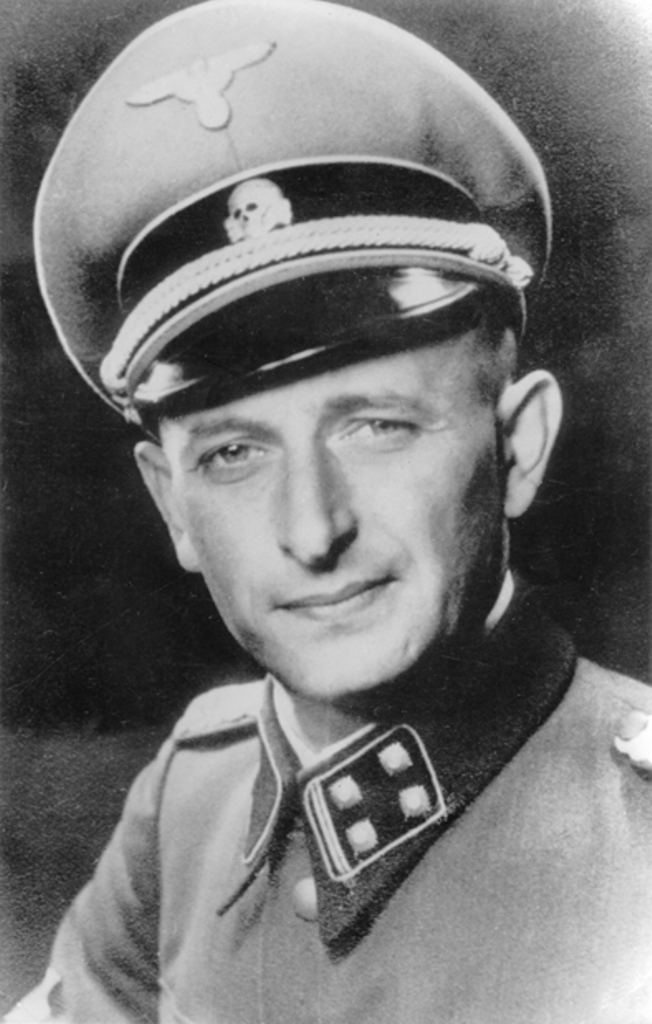
After some narrow escapes from the Allies in the immediate aftermath of World War II, Brunner fled West Germany in 1954, first for Egypt, then Syria, where he remained until his death. He was the object of many manhunts and investigations over the years by different groups, including the Simon Wiesenthal Center, the Klarsfelds and others. He was condemned to death in absentia in France in 1954 for crimes against humanity. He lost an eye and then the fingers of his left hand as a result of letter bombs sent to him in 1961 and 1980, possibly by the Israeli Mossad. The government of Syria under Hafez el-Assad came close to extraditing him to East Germany, before this plan was halted by the fall of the Berlin Wall in November 1989. Brunner survived all the attempts to detain him, unrepentant about his activities to the end. During his long residence in Syria, Brunner was reportedly granted asylum, a generous salary and protection by the ruling Ba'ath Party in exchange for his advice on effective torture and interrogation techniques used by the Germans in World War II.
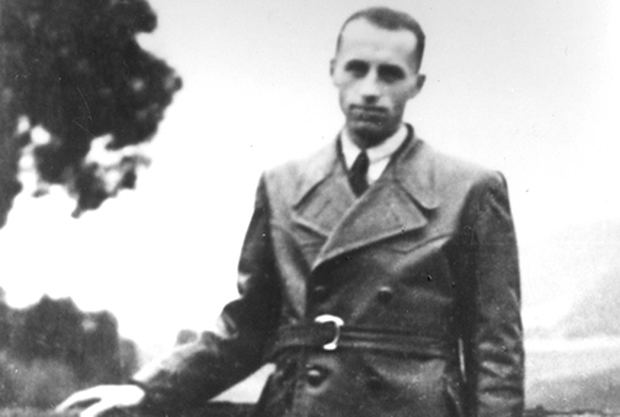
Starting in the 1990s and continuing for two decades, there was periodic media speculation about Brunner's exact whereabouts and his possible demise. In November 2014, the Simon Wiesenthal Center reported that Brunner had died in Syria in 2010, and that he was buried somewhere in Damascus. The exact date of death and place of death are unknown, with recent information pointing to 2001 as the year of his death.
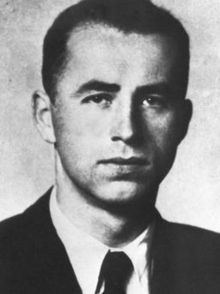
France nazi war criminal alois brunner convicted
Until 1945
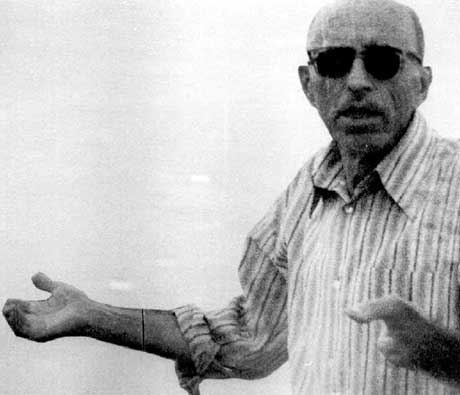
Born in Nádkút, Vas, Austria-Hungary (now Rohrbrunn, Burgenland, Austria), he was the son of Joseph Brunner and Ann Kruise. He joined the Nazi Party in 1931 and the Sturmabteilung (SA) in 1932. After joining the SS in 1938, he was assigned to the staff of the Central Office for Jewish Emigration in Austria and became its director in 1939. He worked closely with Eichmann on the Nisko Plan, a failed attempt to set up a Jewish reservation in Nisko, Poland, later that same year.
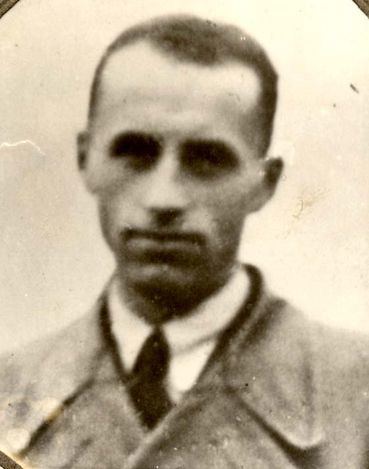
Brunner held the rank of SS-Hauptsturmführer (captain) when he organized deportations to Nazi concentration camps from Vichy France and Slovakia. He was commander of a train of Jews deported from Vienna to Riga in February 1942. En route, Brunner shot and killed Jewish financier Siegmund Bosel, who, although ill, had been hauled out of a Vienna hospital and placed on the train. According to historian Gertrude Schneider, who as a young girl was deported to Riga on the same train, but survived the Holocaust:
Alois Brunner chained Bosel, still in his pajamas, to the platform of the first car—our car—and berated him for having been a profiteer. The old man repeatedly asked for mercy; he was very ill, and it was bitterly cold. Finally Brunner wearied of the game and shot him. Afterward, he walked into the car and asked whether anyone had heard anything. After being assured that no one had, he seemed satisfied and left.
Before being named commander of Drancy internment camp near Paris in June 1943, Brunner deported 43,000 Jews from Vienna and 46,000 from Salonika. He was personally sent by Eichmann in 1944 to Slovakia to oversee the deportation of Jews. In the last days of the Third Reich he managed to deport another 13,500 from Slovakia to Theresienstadt, Sachsenhausen, Bergen-Belsen, and Stutthof of whom a few survived; the remainder, including all the children, were sent to Auschwitz, where none are known to have survived.
After the war and escape to Syria
In an interview with the German magazine Bunte, in 1985, Brunner described how he escaped capture by the Allies immediately after World War II. The identity of Brunner was apparently mixed up with that of another SS member with the same surname, Anton Brunner, who was executed for war crimes. Alois, like Josef Mengele, did not have the SS blood type tattoo, which prevented his identity from detection in an Allied prison camp. Anton Brunner, who had worked in Vienna deporting Jews, was confused after the war with Alois due to the shared surname, including by historians such as Gerald Reitlinger.
Claiming he had "received official documents under a false name from American authorities", Brunner claimed he had found work as a driver for the United States Army in the period after the war.
It has been alleged that Brunner found a working relationship after World War II with the Gehlen Organization.
He fled West Germany only in 1954, on a fake Red Cross passport, first to Rome, then Egypt, where he worked as a weapons dealer, and then to Syria, where he took the pseudonym of Dr. Georg Fischer. In Syria, he was hired as a government adviser. The exact nature of his work is unknown. Syria had long refused entry to French investigators as well as to Nazi hunter Serge Klarsfeld who spent nearly 15 years bringing the case to court in France. Simon Wiesenthal tried unsuccessfully to trace Brunner's whereabouts. However, communist East Germany led by Erich Honecker, negotiated with Syria in the late 1980s to have Brunner extradited and arrested in Berlin. The government of Syria under Hafez el-Assad was close to extraditing Brunner to East Germany, but the fall of the Berlin Wall in November 1989 severed contacts between the two regimes and halted the extradition plan.
In the Bunte interview, Brunner was quoted as saying he regrets nothing and that all of the Jews deserved their fate. According to a widely quoted 1987 telephone interview with the Chicago Sun Times, he was reported to have said: "All of [the Jews] deserved to die because they were the Devil's agents and human garbage. I have no regrets and would do it again."
He was reported to be living in Damascus under the alias of "Dr. Georg Fischer".
Until the early 1990s, he lived in an apartment building on 7 Rue Haddad in Damascus, meeting with foreigners and occasionally being photographed. In the 1990s, the French Embassy received reports that Brunner was meeting regularly and having tea with former East German nationals. According to The Guardian, he was last seen alive by reliable witnesses in 1992.
In December 1999, unconfirmed reports surfaced that Brunner had died in 1996, and been buried in a Damascus cemetery. However, he was reportedly sighted at the Meridian Hotel in Damascus by German journalists that same year, where he was said to be living under police protection. The last reported sighting of him was at the Meridian Hotel in late 2001 by German journalists.
In 2011, Der Spiegel reported that the German intelligence service Bundesnachrichtendienst had destroyed its file on Brunner in the 1990s, and that remarks in remaining files contain conflicting statements as to whether Brunner had worked for the BND at some point.
Letter bombs
In 1961 and 1980, letter bombs were sent to Brunner while he was resident in Syria. As a result of the letter bomb he received in 1961, he lost an eye, and in 1980 he lost the fingers on his left hand when the parcel blew up in his hands. The senders of the letter bombs are unknown.
Convictions in absentia
Germany and other countries unsuccessfully requested his extradition. He was twice sentenced to death in absentia in the 1950s; one of those convictions was in France in 1954. In August 1987 an Interpol "red notice" was issued for him. In 1995, German state prosecutors in Cologne and Frankfurt posted a $330,000 reward, for information leading to his arrest.
On 2 March 2001, he was found guilty in absentia by a French court for crimes against humanity, including the arrest and deportation of 345 orphans from the Paris region (which had not been judged in the earlier trials) and was sentenced to life imprisonment. According to Serge Klarsfeld, the trial was largely symbolic—an effort to honour the memories of victims. Klarsfeld's own father, arrested in 1943, was reportedly one of Brunner's victims.
Later attempts to locate
In 2003, British newspaper The Guardian described him as "the world's highest-ranking Nazi fugitive believed still alive." Brunner was last reported to be living in 2001 in Syria, whose government had long rebuffed international efforts to locate or apprehend him, but was presumed dead as of 2012.
In 2004, for an episode titled "Hunting Nazis", the television series Unsolved History used facial recognition software to compare Alois Brunner's official SS photograph with a recent photo of "Georg Fischer", and came up with a match of 8.1 points out of 10, which they claimed was, despite the elapse of over 50 years in aging, equivalent to a match with 95% certainty. Brazilian police were reportedly investigating whether a suspect living in the country under an assumed name is actually Alois Brunner. Deputy Commander Asher Ben-Artzi, the head of Israel's Interpol and Foreign Liaison Section, passed on a Brazilian request for Brunner's fingerprints to Nazi hunter Efraim Zuroff, head of the Simon Wiesenthal Center in Jerusalem, but Zuroff could not find any.
In July 2007, the Austrian Justice Ministry declared that they would pay €50,000 for information leading to his arrest and extradition to Austria.
In March 2009, the Simon Wiesenthal Center acknowledged the "slim" possibility of Brunner still being alive. In 2011, some media reports still insisted he could be alive.
Brunner was removed from the Simon Wiesenthal Center's List of Most Wanted Nazi War Criminals in 2014.
Death
On 30 November 2014, the Simon Wiesenthal Center reported receiving credible information that Brunner had died in Syria in 2010. He would have been 97 or 98 years old. Partly due to the ongoing Syrian Civil War, the exact date and place of death are unknown.
According to the director of the Wiesenthal Center, Dr. Efraim Zuroff, the information came from a "reliable" former German secret service agent who had served in the Middle East. The information also was reported in the press. The new evidence revealed that Brunner was buried in an unknown location in Damascus around 2010, unrepentant of his crimes to the end. Zuroff said that, owing to the civil war in Syria, the exact location of Brunner's grave is impossible to know.
